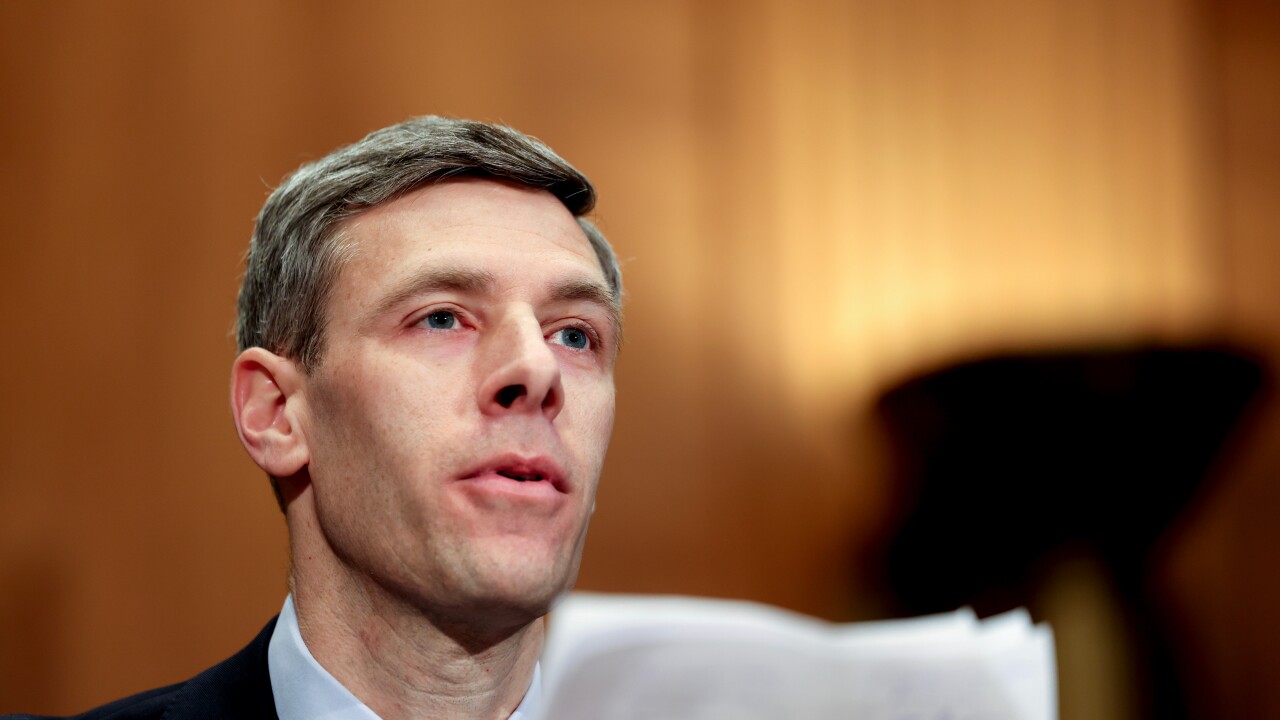U.S. economic activity increased modestly at the end of 2020 while hiring slowed amid resurgent infections and new restrictions, even as vaccinations got underway, the Federal Reserve said.
“Some districts noted declines in retail sales and demand for leisure and hospitality services, largely owing to the recent surge in Covid-19 cases and stricter containment measures,” according to the
“Although the prospect of Covid-19 vaccines has bolstered business optimism for 2021 growth, this has been tempered by concern over the recent virus resurgence and the implications for near-term business conditions,” the Fed said in the survey, released Wednesday in Washington.

New coronavirus infections surged at the end of 2020 and into the new year. Coupled with the start of winter, people engaged in less activity. The report showed regional differences in economic performance, with some reporting an increase in activity and others little change. Two districts saw declines.
Consumer spending declined in the New York region, and labor-market weakness was concentrated in services amid rising infections, increased restrictions, and cold weather. Philadelphia saw virus-related work disruptions and curtailed holiday spending by consumers, while employment appeared to edge down.
The Cleveland district’s economy lost some momentum as the pandemic curbed demand for goods and services and saw labor availability issues disrupt supplies. Respondents were encouraged about vaccines, but surging cases left them less optimistic about the near-term demand outlook than before.
The San Francisco district, by far the
The report covers a period that saw the start of widespread vaccinations, but with just a
Several Fed officials have said broad vaccination will boost the economy in the second half of the year. Dallas Fed President Robert Kaplan expects 5% growth in 2021, boosted by inoculations, and Boston’s Eric Rosengren said
Manufacturing improvement
Manufacturing continued to recover across almost all regions, the report showed, as the pandemic economy bolstered spending on goods rather than services. Most districts saw a continued shift to online shopping, from brick-and-mortar retail, during the holiday season.
Although employment rose in a majority of the districts, the pace slowed and more districts reported a drop in jobs, especially in the leisure and hospitality sector.
The U.S. economy
Companies in most districts reported modest wage gains. Some employers boosted benefits including bonuses and flexible work arrangements in a bid to limit turnover.
Nearly all districts reported “modest” price increases. Raw-material costs, including those for building construction, increased further as demand for residential housing remained strong.





